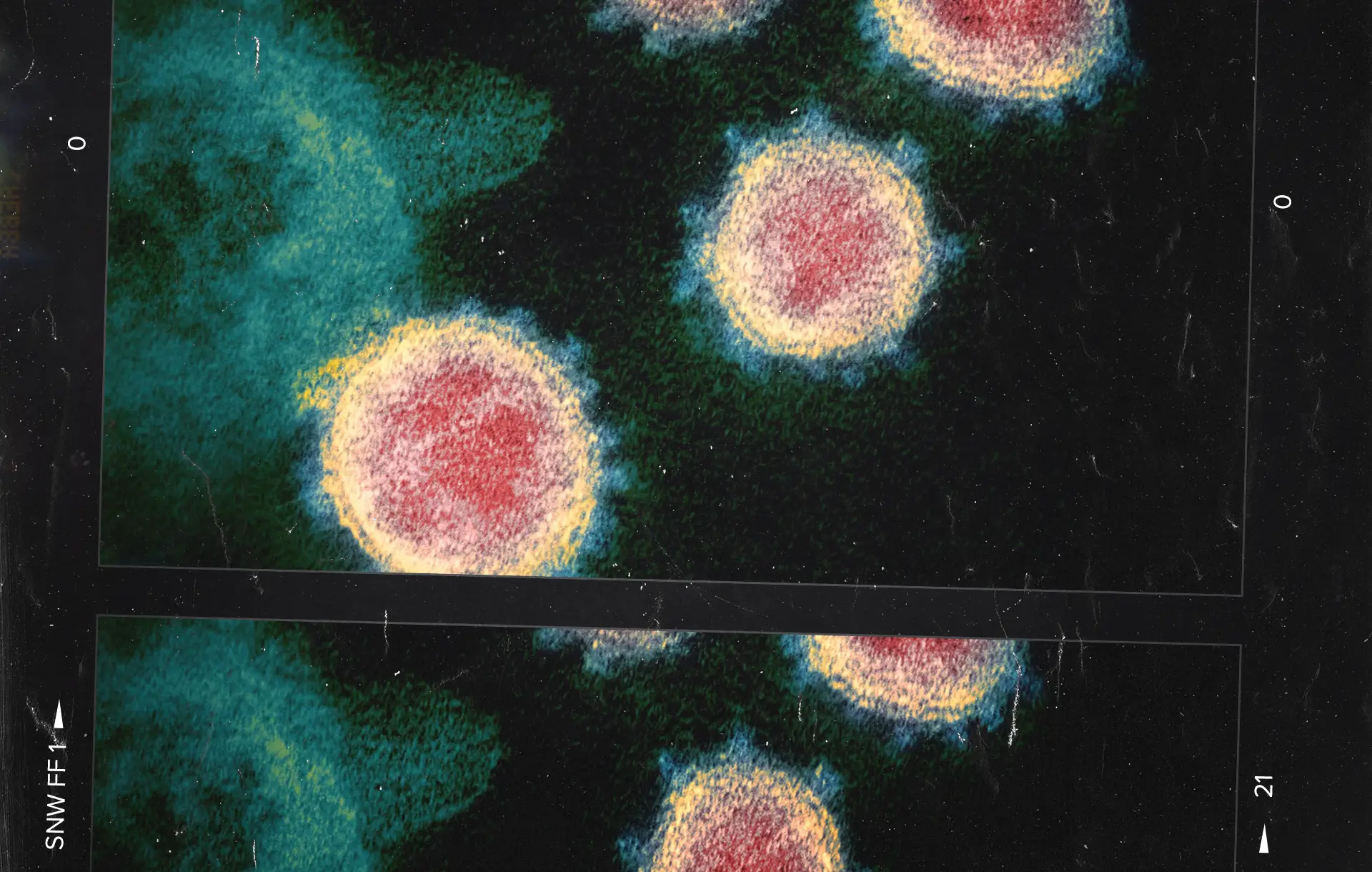With the Australian bushfires kicking things off, and then the coronavirus picking up the torch, 2020 has been quite the year, and it’s only a quarter of the way in. In such ominous times, it’s only natural that people look to art and especially films for answers and comfort. In fact, the coronavirus pandemic is like a film in and of itself, not only because times of crisis in general tend to act like film spotlights, highlighting humanity in its most revealing details, but also because this particular crisis has an eerie, karmic feel to it, as if it’s an act or a chapter, written by a higher force, like what a writer is to a film or a fiction story.
In that spirit, if the coronavirus pandemic was a film, perhaps it wouldn’t be a literal pandemic movie, nor a horror film, based on Stephen King, like many people have joked. It wouldn’t be about bats or conspiracies for world domination, either – there just wouldn’t be much moral to be derived from such a story, or at least not the kind of moral our world has been in the need of for a long, long time.
This particular crisis has an eerie, karmic feel to it, as if it’s an act or a chapter
What if we viewed the coronavirus pandemic through the lens of one of those deeply allegorical films, like Black Mirror, that take us to some kind of a dystopian world which mirrors and distorts the ugliest flaws of our own society to grotesque proportions? So that we finally stop looking away and see them for what they really are? Only instead of technology, or more specifically the slavery to technology that is the villain in the Black Mirror series, in this film, the villain is the collective slavery to blind, relentless economic growth at all costs.
Films and stories follow a 3-act structure: Setup, Confrontation, and Resolution.
Setup
The setup introduces the audience to the premise, the background, the world of the story.
So what would the setup of our own, real-life, real-time coronavirus film be? How about a world of great abundance, overindulgence, riches, and spoils on one side, and severe scarcity, hunger, and poverty on the other? A world, divided by an abyss where empathy should have been. A world that lacks empathy even for its own future. A world that is eating itself alive while blindly chasing ever-higher economic targets, the way a dog chases its own tail.
The science has been clear, its warnings have been numerous – if the economy keeps growing unchecked and overgrowing the environment, gorging on it like an insatiable beast, the environment will finally be forced to stand its ground. Its simmering wrath can already be felt in the scorching air and the rising waves, washing over the poor all the way down in the dirt, but people in power don’t see, for it’s easy not to see from up high on their pedestals, beyond the waves’ reach – all they have to do is not look down. And they never do, there’s nothing to see down there, that’s just the overhead costs of the beast’s upkeep.
John Steinbeck describes the bank, which is basically an embodiment of the economy, as a monster that feeds on constant profits
In his Pulitzer-winning novel The Grapes of Wrath, Nobel-prize winner John Steinbeck describes the bank, which is basically an embodiment of the economy, as a monster that feeds on constant profits, with slaves providing these profits at all costs, including evicting farmers from their homes when forces beyond their control like poor weather has prevented them from producing crop and paying rent.
“The bank – the monster has to have profits all the time. It can’t wait. It’ll die. No, taxes go on. When the monster stops growing, it dies. It can’t stay one size,” Steinbeck wrote all the way back in 1939.
This rings – no, echoes, true today in our own story. We feed the beast collectively, serve it obediently, and the beast rewards us in return, bribes and hypnotizes us with shiny toys. The whole planet seems like a toy to us, a little ball toddlers play with, squeeze, tear, throw around, and throw away as soon as another one catches our eye. Scientists keep warning the toddler to stop playing with this ball, but all toddlers care about is playing.
And what happens when toddlers simply refuse to listen? Their toys are taken away from them, they might even get some time-out in the discipline corner to calm down and think about their actions.
Confrontation
The confrontation is where the order, established in the setup, is disrupted, setting the actual story in motion.
Part 1
Taking the toys away, the time-out in the discipline corner, or in this case our homes – that’s the beginning of the confrontation.
Who punishes the toddler?
Perhaps it’s the planet, perhaps it’s a higher force looking out for the planet and the toddler. Remember, this is a movie, not real life, and in movies, or at least in the good ones, there really are no coincidences or random events, everything really does happen for a reason. In the deeply allegorical The Killing of the Sacred Deer which is inspired by a tale from Greek mythology, without giving any spoilers, justice comes in a strange and at first seemingly random form, something like an otherworldly individual plague that simply won’t stop until it has received an eye for the eye weighing down one side of its scales, disrupting their sacred balance.
The coronavirus feels eerily reminiscent of such a karmic plague, but one that operates on a much grander scale, sent to restore the balance between mankind and nature. If we can’t unite against a plight that affects only the poor, like famine, or one that affects only our future, like climate change, we will have to unite against one that affects everyone, here and now. And yes, some innocent people may suffer or even die along the way, but again, in films and fiction stories, that’s just how radical, sweeping actions often work, collateral damage is included in the price of a future. Think Thanos and Avengers: Infinity War – he’s forced to assume the role of an impartial, unwavering force of nature, a death lottery if you will, eliminating half of the world’s population, just so that the other half can live.
Part 2
And what’s a toddler’s initial reaction to punishment? A screeching, egocentric, angry cry that turns it into a living caricature.
People rush to the shops, trampling over each other, fighting over supplies that wouldn’t even be in short supply if everyone wasn’t so selfish in their panic, emptying the shelves and leaving nothing for the old and first responders, just like they’ve been emptying natural resources, leaving the most underprivileged to suffer the consequences. The crisis is a magnifying glass, centered on humanity’s ugliest traits.
And like typical toddlers, instead of accepting the punishment stoically and considering the possibility we deserved it, we engage in petty acts of revolt against it, just to regain some illusion of power. Conspiracy theories, criticism of the rules, refusal to obey them, – it all only makes the punishment worse.
Resolution
The resolution is the end of a story, the conclusion that should really drive its message home.
We’re still in the confrontation act of our real-time movie, so we don’t know what the resolution will be yet. Right now, the story is at a turning point, and it could go in one of two diametrically opposite directions.
Right now, the story is at a turning point, and it could go in one of two diametrically opposite directions
We either learn from this lesson – like all fair punishments, the virus is a lesson, a blessing in disguise, sent to prevent a much harsher punishment down the line, something much more final. The lesson isn’t not to eat bats – that’s the obvious, pragmatic lesson in real life. The lesson in our movie is not to take something as wondrous as the only planet in the known Universe with suitable living conditions for granted, and to remember that we’re all its guests, and as such, it’s on each and every one of us to respect the host and make fellow guests feel welcomed, at home.
Or, we watch this real-life film with one eye on the phone, surfing, texting, swiping, playing games, watching videos, downloading apps we’ll never use, and as soon as this long, boring movie with no special effects is finally over, we’ll go back to “normal,” missing perhaps our last chance to look at our world through the eyes of an outsider with a better view.




